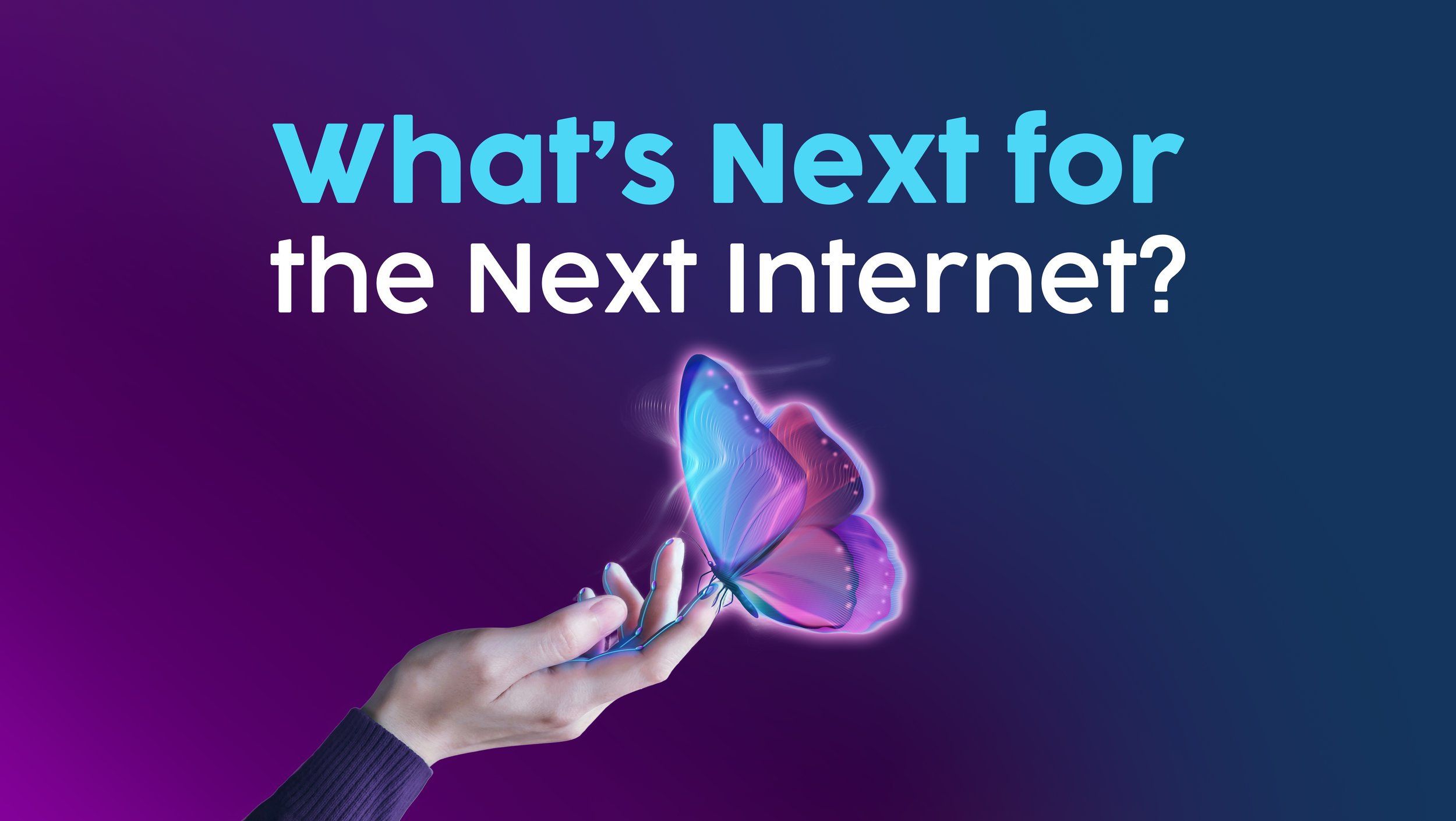What’s Next for the Next Internet?
Did 2022 mark the rise of the concept of the Metaverse, it’s fall, or both?
I had long planned to kick off the year by writing about promising developments on the Tech Innovation landscape. But as I sat down to organize my thoughts, I bumped into a looming question that I am sure many of you have grappled with as well: Where are we with the metaverse?
Is it still the future and the next big thing, or is it just an overhyped concept, plucked from the Sci-Fi annals, that has now run its course? I think reasonable tech optimists can – and certainly have – debate this point.
On the one hand, Oxford University dubbed “metaverse” the second most popular word of the year for 2022, noting that usage quadrupled from the previous year.
The concept became a cultural buzzword, with 74% of consumers gaining awareness of the word, up from only 35% in the prior year. It was mentioned thousands of times in investor reports and earnings calls last year.
Even the World Economic Forum happening in Davos this month opened with a series of high-profile chats from their “Blockchain Hub” on the promenade. (Not to mention all the buzz around Chat GPT, which I’ll get to below.)
On the other hand, 2022 brought a series of well-documented struggles and missteps. Pioneering companies, including the eponymic “Meta,” saw stock declines and layoffs. Sales of AR/VR glasses stagnated. And cryptocurrency lost over 70% of its value, with the flagging momentum culminating in the dramatic and public implosion of the FTX crypto exchange.
Still, analysts who watch these spaces closely remain incredibly bullish about the potential. A recent McKinsey report predicted the value of the Metaverse could be $5 trillion by 2030. Goldman Sachs puts that number at $8 trillion. Plus, brand leaders across categories continue to explore new approaches, investing increasingly precious dollars and hours to pilot initiatives in the space.
So where does that leave us?
Tomorrow’s Internet, Let’s Call it “Next Web”
I have no doubt that a next generation Internet is coming. I’m hesitant to call it Web 3.0 or the Metaverse, because both of those labels have become bound up in granular principles and connotations that no longer serve the purpose of capturing the bigger idea. So instead, I’ll simply call it the “Next Web”.
The “Next Web” will mark a full shift from Web 1.0 technologies that were all about accessing INFORMATION. The newest iteration will be all about IMMERSION.
Today’s Internet is organic and participatory. It brought us RSS, social media, blogging, social commerce, and podcasting.
Tomorrow’s internet will be immersive and responsive. Immersive, because hyper-real environments, 3D graphics, and AR/VR technology are decreasing the barriers between the physical and digital every day. Responsive, because machines will be able to respond, reason, and produce unique new content, rather than just matching keywords.
The “Next Web” will be underpinned by Web3+ technologies like blockchain, which are the non-glamorous workhorses, reinventing how data moves through this system.
I agree with analysts like Vivaldi’s Erich Joachimsthaler who said the full realization of tomorrow’s internet could be as much as one decade away, and “will show up in bits and chunks, clunky and disjointed, before coalescing.”
If you think about it, even a decade more isn’t dissimilar from the evolution between AOL dial-up (which launched in 1989) to today’s shoppable social network, which was at least 30 years in the making.
So, if we are standing at the precipice of tomorrow’s internet – the “Next Web,” or whatever it ends up being called – how can we move forward? Where will the value that so many analysts can imagine be created? How can we start to capture it today?
It’s the Experiences, Stupid
Joachimsthaler writes that the path to unlock value in the future internet (he calls it the metaverse) will be to consider how to solve real problems, akin to those that Amazon, Google, and Uber solved in the Web 2.0 economy.
I don’t disagree with that assessment, but I would add one more lens to his frame.
I believe we can also create value in the “Next Web” by creating new kinds of consumer experiences. Problem-solving experiences, certainly. But also experiences around retail, entertainment, health, education, travel, food and beverage, and more.
We’ve been living in the “Experience Economy” for more than two decades, and the consumer appetite (and willingness to pay a premium) for them shows no signs of slowing down.
I still remember reading years ago the Harvard Business Review article that described how Iggy, the cab driver in Taxi, repurposed his cab into an engine of the experience economy, creating an entirely new kind of offering by adding snacks, drinks, city tours and Frank Sinatra karaoke.
In my mind, one very simple way to think about the incredibly complex question of what’s next for the Internet is to ask: What new experiences can we unlock for everyday people?
How can we recombine the tools we have, to yield something wholly new for people to enjoy?
How can we think like Iggy?
I love this idea of flipping the question on its head, because it shifts the emphasis from a tech-centric approach (What can the technology do?), to a consumer-centric approach: “What can the technology do for people?
Ultimately, we must work hard to remember that our consumers will not really care if they are using blockchain, or the semantic web, or better-regulated crypto wallets to power their thirst for new experiences. No more than they presently care that WiFi 7 is powering their livestreamed events or 5G is powering their smart home.
People do, however, understand and care about the new options for experiences that will enrich their lives and their world.
The question is: how can we use the “Next Web” to unlock them?


